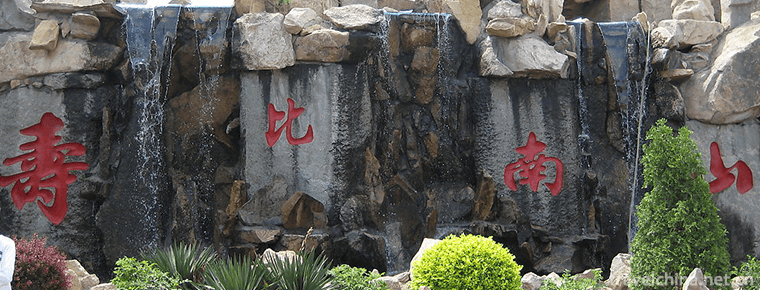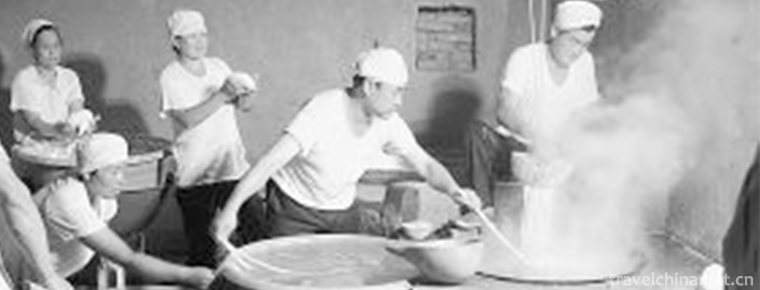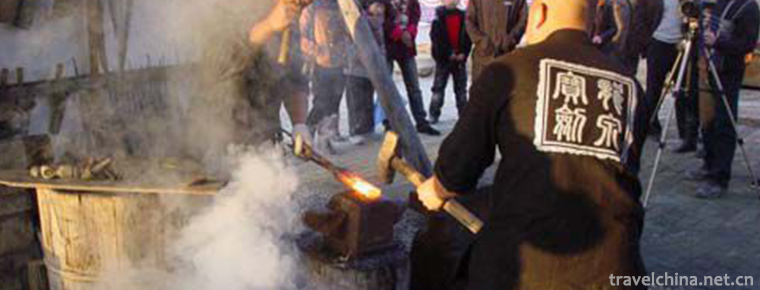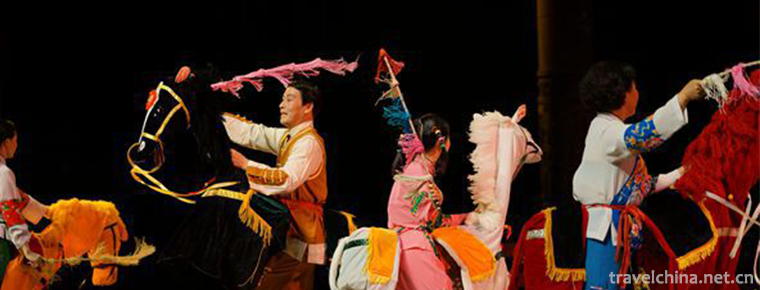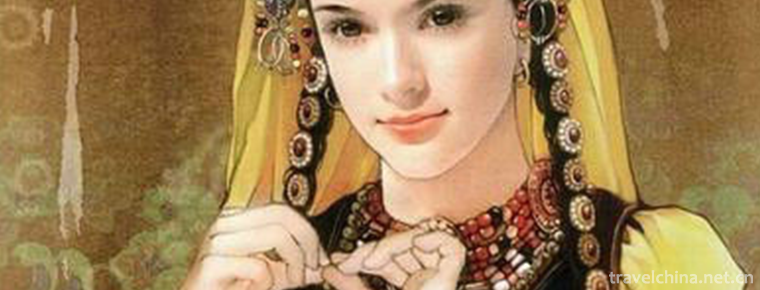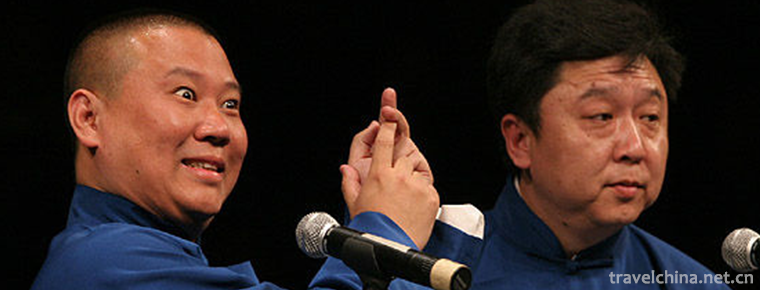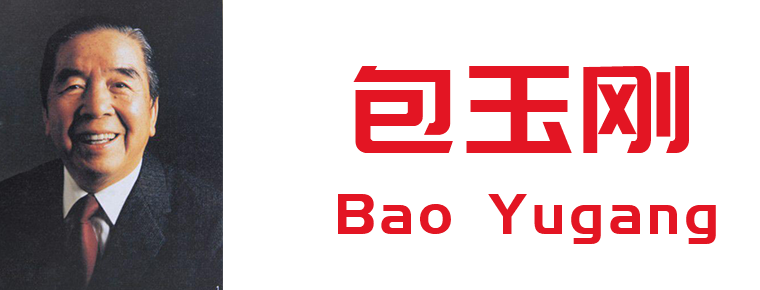Bronze Repair and Reproduction Techniques
Bronze Repair and Reproduction Techniques
Bronze restoration and reproduction skills, the traditional skills of Beijing Palace Museum, one of the national intangible cultural heritage.
Traditional bronze repair technology mainly includes shaping, splicing, matching, bonding (welding), strengthening, old and other processes, and sometimes involves rust removal, scalding (surface sealing) and other work. Reproduction technology includes mold making, die casting, carving patterns, grinding and old processes.
In 2011, the bronze restoration and reproduction technology was announced by the State Council of the People's Republic of China as the third batch of national intangible cultural heritage list, heritage number_-197.
historical origin
The repair technology of Chinese bronzes has a long history. It should be said that once the bronze ware came out, there were corresponding repair technologies.
During the Spring and Autumn Period and the Warring States Period, there was a story about the fake tripod: "Qi Valu Soo Ding, Lu fake it, Qi people fake it day by day, Lu people fake it day by day,..." (Han Feizi) It can be proved that there was a theory of forgery of bronzes in the Spring and Autumn Period and the Warring States Period.
In Song Dynasty, there was the saying of "Zhaoxin Song Dynasty's wares": "Upper imitation worships the ancients, lower forgery for profit", which showed that there were also examples of imitation and forgery in Song Dynasty.
The development of foundry reproduction and other processes is closely related to the restoration technology. With the development of these handicraft technologies and their application in the preservation of antique appreciation collection, the restoration technology began to emerge.
Modern repair technology from the government to society, after a long period of practice and development, formed a unique expertise, a complete comprehensive technical system.
In 1952, a bronze restoration expert headed by Zhao Zhenmao of Beijing School entered the Palace Museum and began to use traditional techniques to repair and reproduce bronze artifacts. These experts also include Zhao Tongren, Li Huisheng, Meng Haiquan and Jingdequan, Gu Dewang and Zhang Juru, who have been engaged in bronze restoration and reproduction for a long time. For decades, these experts have repaired and duplicated thousands of bronze artifacts.
Technological characteristics
Bronze repair and reproduction techniques, whether splicing fragments, engraving patterns, inscriptions, whether making varnish floor, spraying, spot rusting, whether gold or silver mistakes, have formed a relatively perfect set of traditional crafts.
Bronze repair and reproduction technology is a rigorous scientific process. According to different shapes and degree of damage, the welding methods used are different and sometimes used alternately. However, we must follow the principle of repairing the old as before and not destroying the original objects as far as possible.
Inheritance and Protection
Inheritance value
Ancient Chinese bronzes are historical relics of thousands of years ago. After underground storage, they were corroded and destroyed by nature. The unearthed bronzes are often broken and incomplete. Therefore, most of the bronzes have undergone a lot of restoration work in order to facilitate their long-term preservation and better play their historical, artistic and scientific value.
A complete process of cultural relics restoration itself is also an important research work. Studying the characteristics of the times, plastic arts and foundry technology of artifacts has become an important reference for modern foundry technology. Therefore, the restoration work is an important and meaningful work.
Current situation of inheritance
Professionals engaged in the restoration of traditional bronzes are aging, and further inheritance is facing difficulties. Under the background of the rapid development of modern science and technology, it is imperative to make a scientific summary of the traditional crafts, including the traditional bronze restoration and reproduction technology.
Heritage figures
Wang Youliang, male, Han nationality, born in April 1964 in Beijing. In December 2012, Wang Youliang was selected as the representative successor of the fourth batch of national intangible cultural heritage projects, declared by the Palace Museum.
protective measures
In 1952, Zhao Zhenmao, the third generation heir of the traditional bronze restoration technology "Ancient Bronze Zhang School", came to the Palace Museum and brought back the bronze restoration skills. The Imperial Palace Museum has trained a group of experts who have mastered the traditional repair and reproduction technology through the "teacher-in-charge system". It has successively restored a large number of national treasure-grade cultural relics, including Lihe Fangju and Ma Ta Feiyan.
social influence
Exhibition activities
Zhou's Bangui is an important cultural relic with high historic and academic value found in Beijing. It has a unique style after the restoration by Zhao Zhenmao, a master of bronze restoration. Mr. Guo Moruo wrote "Bangui Discovery" after seeing him, and was later filmed as a documentary "Don't let the treasures sink again", which shows Zhao Zhenmao's superb repair skills.
Beginning with Zhao Zhenmao, the Bronze Ware Room of the Ministry of Science and Technology of the Palace Museum has restored a large number of bronze heavy artifacts and important cultural relics in the Palace Museum and museums all over the country, including Bangong, Qi Shizu Xinfu, Simu Xinding, Second Sacrifice Shao Qitao, Ma Ta Feiyan and a large number of national treasure cultural relics. It has reproduced lotus crane square pots, Gebogu, animal face pattern, gourd, heir ancestor Xintao, Niuzun of the Western Zhou Dynasty, Xizhou Dynasty, and Xizhou Dynasty. Ronggui and other important cultural relics.
Repair cases
In the 1970s, the heir Zhao Zhenmao and his disciple Cao Jinglou copied the lotus crane square pot.
In 2005, the successor, Lu Tuanjie, duplicated Bangui of the Western Zhou Dynasty for the Capital Museum.
In 2006, Wang Wusheng, the successor, repaired the Shengding Ding unearthed in Shangcai, Henan Province.
In 2007, successors Wang Youliang, Lu Tuanjie, Zheng Kun and Gaofei repaired the Tongjian of Silonger in Spring and Autumn Period.
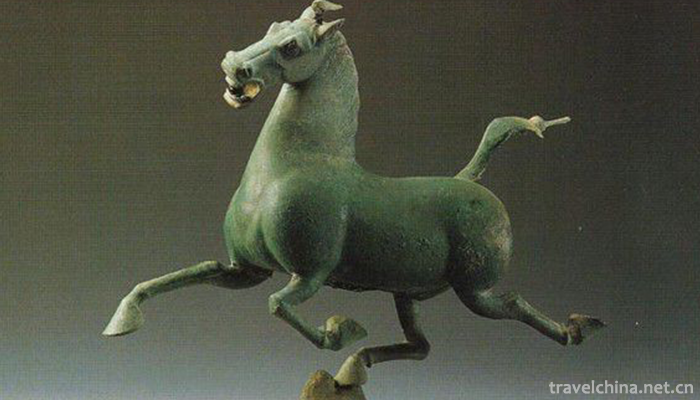
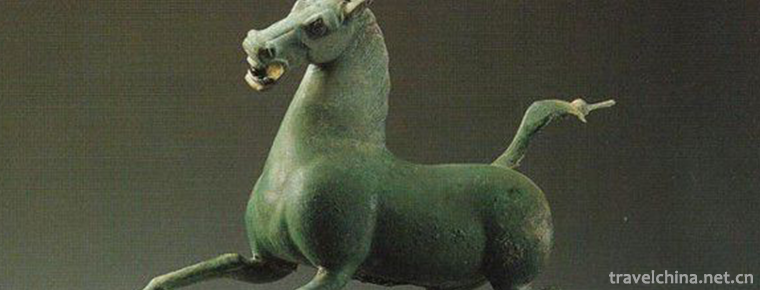
Bronze Repair and Reproduction Techniques
-
The Good friends rice noodles
Laoyou powder is a local delicacy in Nanning, Guangxi. In 2007, it was selected as the first 26 items of intangible cultural heritage list published by Nanning.
Views: 226 Time 2018-11-03 -
Longkou Nanshan Scenic Area
Nanshan tourist scenic spot is located in the beautiful scenery of Lu Shan in Longkou City, Yantai City, Shandong province. The scenic spots of Nanshan Temple
Views: 145 Time 2018-12-08 -
Eight treasures taro
Babao taro paste is one of the local traditional sweet spots in Fujian cuisine. This dish is delicate, soft, sweet and delicious. It looks like a cold dish but burns its mouth. It has a unique flavor.
Views: 147 Time 2019-03-27 -
Longkou Fans Traditional Handicraft Production Techniques
In the late Ming and early Qing Dynasties, Zhaoyuan people created a new technique of making mungbean vermicelli, which was divided into three manual operation processes: powder pushing, powder leakin
Views: 264 Time 2019-05-14 -
Forging Skill of Longquan Sword
Longquan sword forging technology, the traditional arts and crafts of Longquan County, Zhejiang Province, is one of the national intangible cultural heritage.
Views: 155 Time 2019-05-14 -
Mulian Opera
Mulian Opera is an ancient opera with religious story "Mulian Save Mother" as its theme, which is preserved in folk activities. It is the first opera that can be tested at present. It is kno
Views: 139 Time 2019-06-06 -
Tajik costumes
Tajik costume refers to the costume with distinct ethnic characteristics of Tajik. Tajik people mainly live in the Pamir Plateau with cold climate. Their economic life is mainly animal husbandry and a
Views: 347 Time 2019-06-17 -
Cross talk
Crosstalk is a folk art of rap and singing. It takes the form of speaking, learning, teasing and singing to highlight its characteristics. Famous cross talk performers include Zhang Shouchen, Ma Sanli
Views: 254 Time 2019-07-03 -
Yugur Costume
Yugur costume is the traditional costume of Yugur people. Both men and women of Yugur nationality wear long gowns with high collars and large skirts. Men wear red and blue belts with waistknives, sick
Views: 163 Time 2019-07-16 -
Bao Yugang
In early years, he entered Shanghai Zhongxing school. Wusong merchant shipping Academy 。 Drop out of school in 1937 Central Trust Bureau Hengyang office, deputy manager of Hengyang branch of China Ind
Views: 237 Time 2019-09-06 -
Xiaoxiangling scenic spot
The synonym Xiaoxiangling generally refers to Xiaoxiangling scenic spot
Views: 176 Time 2020-10-16


